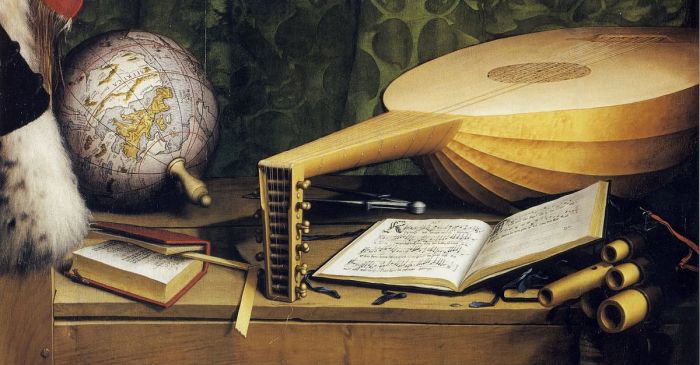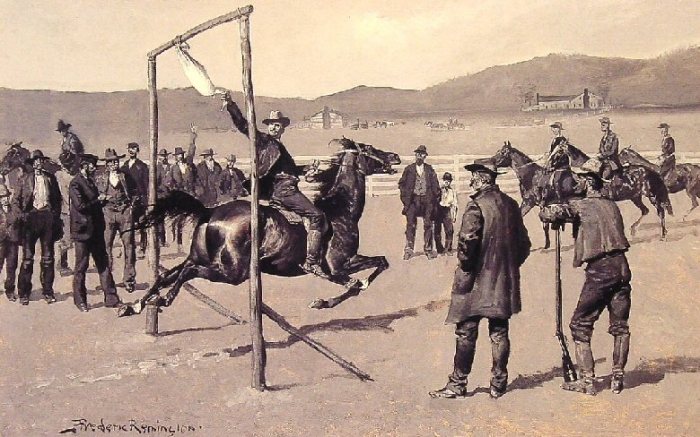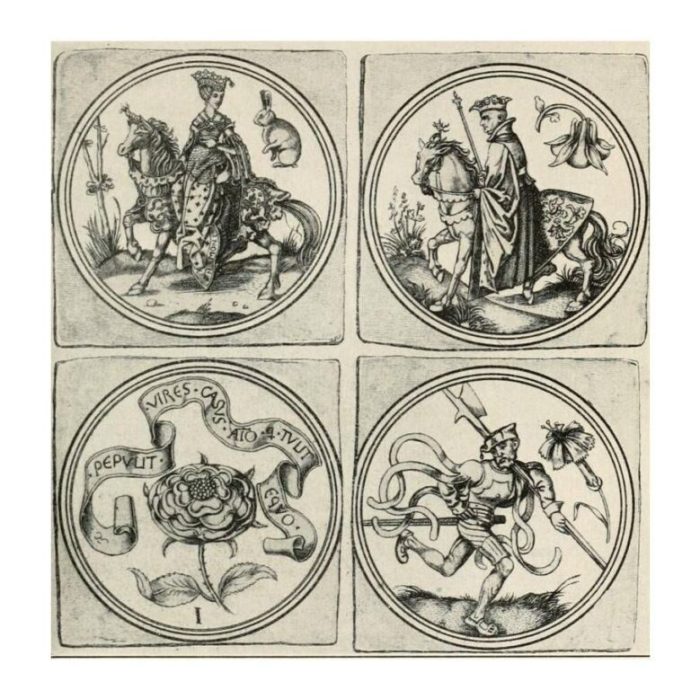Uncover the vibrant world of sports in the Elizabethan era, a time when physical prowess, recreation, and social hierarchy intertwined in a captivating tapestry. From archery and jousting to dancing and hunting, sports played a multifaceted role in shaping the lives of people across all walks of life.
Prepare to delve into the fascinating history of sports in Elizabethan England, exploring their significance in culture, education, recreation, and beyond.
The Role of Sports in Elizabethan Society
Sports played a significant role in Elizabethan culture, serving various social and recreational purposes. They provided entertainment, fostered physical fitness, and reinforced social hierarchies.
Participation of Different Social Classes
Participation in sports varied across social classes. The nobility and gentry engaged in activities such as hunting, hawking, and jousting, which showcased their wealth and prowess. Commoners, on the other hand, participated in sports like archery, football, and wrestling, which were often associated with their occupations and physical labor.
Popular Sports and Their Social Functions
- Hunting:A popular pastime among the upper classes, hunting symbolized power and provided a means of food procurement.
- Hawking:A sport involving the training and use of falcons to hunt small game, hawking was a display of skill and a mark of nobility.
- Jousting:A competitive event where knights engaged in mock combat, jousting demonstrated physical strength and martial prowess.
- Archery:An important skill for both hunting and warfare, archery was practiced by all classes and served as a means of self-defense and recreation.
- Football:A rough and tumble game played by commoners, football was a test of strength and endurance.
- Wrestling:Another popular sport among commoners, wrestling involved grappling and physical strength.
Sports and Physical Education

Physical training and exercise were an integral part of Elizabethan society. Young men were encouraged to participate in sports such as archery, fencing, and wrestling to develop their strength and agility. These activities were seen as essential for preparing young men for military service.Humanism
also played a role in the development of physical education during the Elizabethan era. Humanists believed that the body and mind were equally important, and they advocated for a well-rounded education that included both physical and intellectual pursuits. As a result, many schools and universities began to offer physical education programs.Sports
also played an important role in promoting health and well-being during the Elizabethan era. Exercise was seen as a way to prevent illness and maintain a healthy weight. In addition, sports provided an opportunity for people to socialize and enjoy themselves.
Methods of Physical Training and Exercise
The most common methods of physical training and exercise in the Elizabethan era were:
- Archery:Archery was a popular sport among all classes of society. It was used for both recreation and hunting.
- Fencing:Fencing was another popular sport among the upper classes. It was seen as a way to develop agility and self-defense skills.
- Wrestling:Wrestling was a popular sport among the lower classes. It was seen as a way to develop strength and endurance.
- Running:Running was a popular form of exercise for both men and women. It was seen as a way to improve cardiovascular health.
- Swimming:Swimming was a popular form of exercise for both men and women. It was seen as a way to cool off in the summer and to improve cardiovascular health.
Sports and Recreation

Beyond the competitive realm, sports and physical activities played a vital role in Elizabethan recreation and entertainment. They provided a welcome respite from the rigors of daily life, offering leisure, enjoyment, and opportunities for social interaction.
Popular Games and Pastimes
Elizabethans indulged in a wide array of games and pastimes, ranging from traditional sports to more leisurely pursuits. Some popular games included:
- Archery:A favored pastime among the nobility and commoners alike, archery required skill, precision, and strength.
- Football:A raucous and physical game played with an inflated pig’s bladder, football was a precursor to modern-day soccer.
- Tennis:A court game played with rackets and a leather-covered ball, tennis was enjoyed by both men and women.
- Bowling:A popular game played on a long, narrow alley with wooden balls and pins, bowling provided a more leisurely form of recreation.
- Horseback riding:A common activity among the upper classes, horseback riding offered both recreation and a means of transportation.
Sports and the Arts

The Elizabethan era witnessed a profound interplay between sports and the arts, as sports became a source of inspiration for literature, music, and art. Elizabethan writers, musicians, and artists depicted sports in their works, shaping the cultural landscape of the era.
Literature
Sports found their way into Elizabethan literature in various forms. Playwrights like William Shakespeare incorporated scenes of sports, such as wrestling, archery, and hunting, into their plays. These scenes provided opportunities for character development, plot advancement, and social commentary.
- The Merry Wives of Windsorfeatures a scene where Falstaff is challenged to a duel by Ford.
- Henry Vincludes a famous speech by the king before the Battle of Agincourt, where he exhorts his troops to fight with valor.
Music, Sports in the elizabethan era
Music also reflected the Elizabethan passion for sports. Composers wrote songs and ballads about popular sports like hunting, archery, and jousting. These songs often celebrated the skill and courage of sportsmen.
- “The Hunt Is Up” is a popular Elizabethan hunting song that describes the excitement of the chase.
- “The Archers’ March” is a lively tune that accompanied archery competitions.
Art
Sports were also depicted in Elizabethan paintings and tapestries. Artists captured the grace and athleticism of sportsmen in their works, often using sports as a metaphor for human achievement and virtue.
- The “Portrait of Sir Thomas More” by Hans Holbein the Younger shows More playing tennis, a popular sport among the Elizabethan elite.
- The “Tapestry of the Hunt of the Unicorn” depicts a series of scenes related to hunting, a sport reserved for the nobility.
Sports and Gender

During the Elizabethan era, sports played a significant role in society, but the experiences of men and women in sports were vastly different. Social and cultural factors heavily influenced gender participation, presenting unique challenges and opportunities for female athletes.
Gender Roles and Sports Participation
Elizabethan society adhered to strict gender roles, with men expected to engage in physical activities that demonstrated strength and prowess, such as hunting, jousting, and archery. Women, on the other hand, were generally discouraged from participating in sports, as it was believed to be unladylike and could damage their reputation.
Female Athletes in the Elizabethan Era
Despite societal constraints, there were some notable female athletes during the Elizabethan era. Queen Elizabeth I herself was an avid horsewoman and enjoyed hunting. Other women, such as Anne Boleyn and Bess of Hardwick, were known for their skill in archery and dancing.
However, female athletes faced significant challenges. They had limited access to training and competition opportunities, and their participation in sports was often met with disapproval or even ridicule.
Opportunities for Female Athletes
Despite the challenges, there were some opportunities for female athletes in the Elizabethan era. Women could participate in certain sports, such as dancing, archery, and tennis, which were considered more acceptable for their gender.
Additionally, some women found ways to circumvent societal norms by participating in sports under pseudonyms or disguising themselves as men. This allowed them to compete in sports that were traditionally reserved for men, such as horse racing and wrestling.
Sports and Social Hierarchy

Sports in Elizabethan society were deeply intertwined with the social hierarchy. They not only reflected the existing social order but also played a significant role in maintaining it.
Sports and Social Order
The types of sports that individuals participated in were often determined by their social status. For example, archery was a popular sport among the nobility, while football was more commonly played by the lower classes. These distinctions helped to reinforce the social hierarchy by creating clear boundaries between different social groups.
Sports were also used as a means of social control. Public executions and punishments were often accompanied by sporting events, which served to both entertain the masses and instill a sense of fear and obedience. By associating sports with violence and punishment, the authorities could discourage dissent and maintain order.
One of the most popular sports in the Elizabethan era was archery, which was practiced by both men and women. If you’re curious about your own ancestry, you can take a do i have viking blood quiz to see if you have any Viking heritage.
Returning to Elizabethan sports, another popular activity was jousting, a competitive sport involving knights on horseback.
Sports and Social Mobility
Despite the rigid social hierarchy, sports did provide some opportunities for social mobility. Individuals who excelled in sports, particularly in archery, could earn recognition and even rise in social status. For example, the famous archer Robin Hood was said to have been a commoner who became an outlaw after killing a deer in the king’s forest.
Sports and National Identity: Sports In The Elizabethan Era
In the Elizabethan era, sports played a pivotal role in shaping the national identity of England. They fostered a sense of unity, patriotism, and rivalry, contributing to the formation of a distinct English identity.
Sports provided a shared experience for the people of England, regardless of their social class or background. They participated in sports such as archery, football, and wrestling, which helped to create a sense of community and belonging.
Patriotism and National Pride
Sports were often used to promote patriotism and national pride. For example, archery was considered a vital skill for defending the realm, and tournaments were held to showcase the prowess of English archers. These events instilled a sense of national pride and loyalty among the people.
International Competition and Rivalry
Sports also played a role in fostering international competition and rivalry. England’s victories in archery and other sports against other European nations helped to establish a sense of national superiority and confidence.
FAQ Section
What were some of the most popular sports in the Elizabethan era?
Archery, jousting, football, tennis, and dancing were among the most beloved sports of the time.
How did sports reflect the social hierarchy of Elizabethan society?
Participation in certain sports was restricted based on social class, with activities like jousting and hunting reserved for the elite.
What role did sports play in promoting health and well-being during the Elizabethan era?
Physical exercise was seen as essential for maintaining good health, and sports provided an avenue for people to stay active and fit.